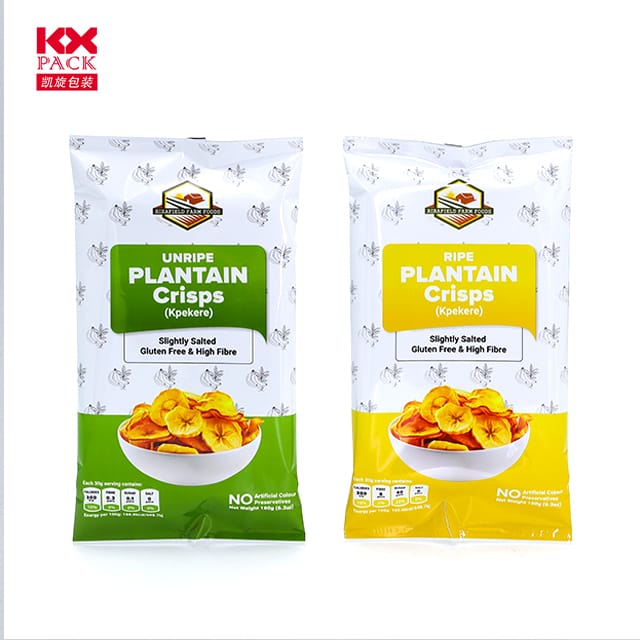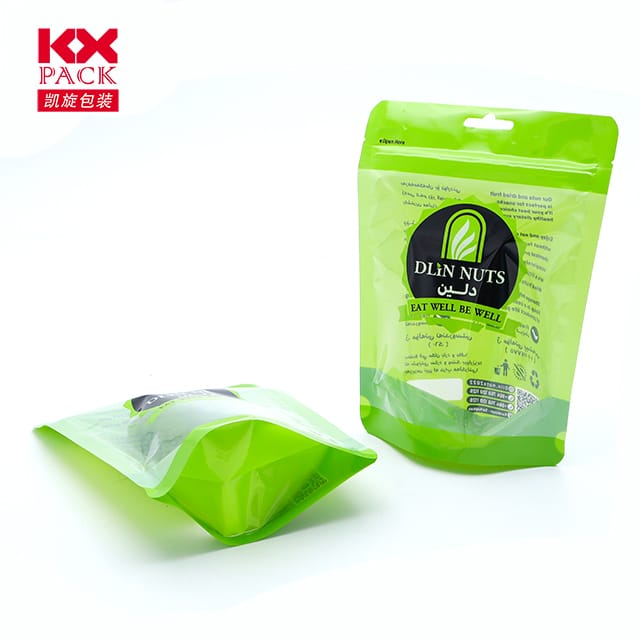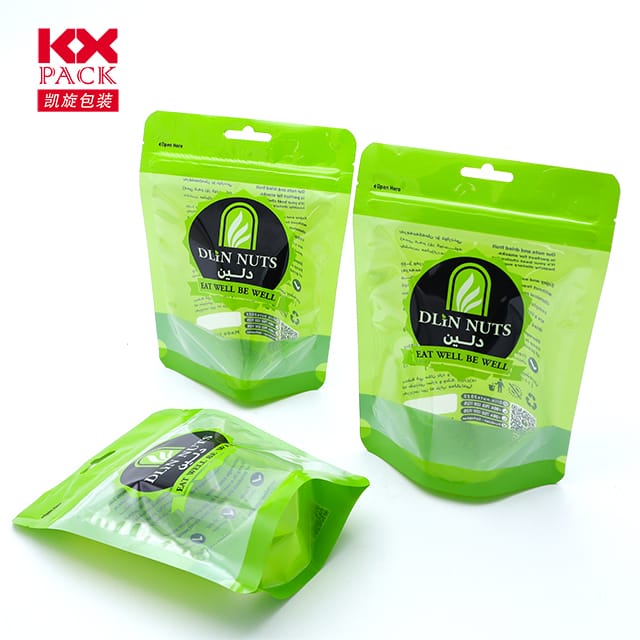Розгортання правди: Вплив пластикової плівки для обгортання їжі та стійких альтернатив (7)
Пластикова плівка для обгортання їжі
У нашому швидкоплинному житті, Пластикова упаковка стала кухонним штапелем - кричущим, зручний, і, здавалося б, незамінний. Але в міру зростання екологічних проблем, Настав час уважніше подивитися на тонкий, прозорий фільм, який ми використовуємо щодня. Давайте розгортаємо факти про пластикову плівку для обгортання їжі, його вплив, і як ми можемо зробити розумніший вибір.
Що таке пластикова плівка для обгортання їжі?
Пластикова плівка для обгортання їжі, часто називають “пластикова упаковка” або “чіпляючий фільм,” зазвичай виготовляється з поліетилен (PE), легкий і гнучкий пластиковий полімер. Він призначений для щільно чіплятися до контейнерів, Зберігання їжі свіжою, блокуючи повітря та вологу. Хоча це безперечно зручно для покриття залишків, обгортання бутербродів, або зберігання продукції, Його зручність приходить за ціною.
Екологічний плата
- Пластикові відходи з одноразовим використанням
Пластикова упаковка-це предмет одноразового використання, це означає, що він використовується один раз і відкинувся. Єдиний 9% глобальних пластикових відходів переробляється, і Пластикова плівка для обгортання їжі Відповідно важко переробити через його тонкий, еластична текстура. Більшість закінчується на сміттєзвалищах, де це може взяти століття для розкладання, або ще гірше - вивозить океани та річки. - Мікропластичне забруднення
Коли пластикова плівка розбивається, це фрагменти в мікропластику, який проникає в ґрунт, вода, і навіть харчовий ланцюг. Дослідження показують, що люди приймає аж до 5 Грам мікропластики щотижня через їжу та воду-щодо статистики з невідомими довгостроковими наслідками для здоров'я. - Вуглецевий слід
Виробництво пластичної плівки покладається на викопне паливо, сприяючи викидам парникових газів. Виробництво просто 1 Генерує кілограм поліетилену навколо 2.3 Кілограми CO2.
Чи є безпечніша альтернатива?
Так! Еко-свідомі бренди та особи-це піонерські альтернативи, які врівноважують практичність із стійкістю:
- Багаторазові обгортки
- Обгортання бджолиного воску: Покритий бджолиним воском, жожоба нафта, і деревна смола, Ці тканини формуються навколо контейнерів, і їх можна мити та повторно використовувати до року.
- Силіконові кришки: Еластичний, Герметичні кришки, що підходять до мисок та контейнерів, Посудомийна машина та довговічна.
- Компостні фільми
Виготовлений з рослинних матеріалів, таких як кукурудзяний крохмаль або картопляний крохмаль, Ці фільми розбиваються у промислових компостуваннях. Проте, Вони не підходять для домашнього компостування і вимагають конкретних умов для повного розкладання. - Контейнери зі скляної або нержавіючої сталі
Плюстів одноразового використання повністю з герметичними контейнерами, які тривають все життя. З’єднайте їх з силіконовими кришками або тканинними кришками для зберігання на нульових відходах.
Як зменшити використання пластикової плівки
- Купити оптом: Придбайте більшу кількість їжі, щоб мінімізувати відходи упаковки.
- Планувати страви: Зменшіть залишки, готуючи лише те, що вам потрібно.
- Зроби альтернативи: Зробіть власні обгортки бджолиного воску за допомогою тканинних клаптів та гранул бджолиних восків.
- Переробити правильно: Перевірте місцеві вказівки щодо переробки - деякі ділянки приймають чисту пластикову упаковку для переробки.
Майбутнє збереження їжі
Інновації є ключовим. Компанії досліджуютьЇстівні покриття (виготовлені з таких інгредієнтів, як хітозан або молочна кислота) іМатеріали на основі міцелію (грибкові мережі, які біодеградують природно). Поки ці рішення все ще виникають, Попит споживачів може спричинити їх прийняття.
Ваш вибір має значення
Кожного разу, коли ви добираєтесь до пластикової упаковки, запам'ятати: Існує більш стійкий спосіб захистити їжу. Вибираючи альтернативи для багаторазового використання або компостування, Ви не просто зберігаєте свіжість - ви допомагаєте зберегти планету.
Давайте чіпляється за зміни, не пластиковий. 🌍
Це надихнуло вас переосмислити свої кухонні звички? Поділіться улюбленими екологічно чистими хаками для зберігання їжі нижче!
Ключові слова: Пластикова плівка для обгортання їжі, стійкі альтернативи, Пластикове забруднення, Екологічна кухня, компостні обгортки, мікропластики, Контейнери для багаторазового використання







